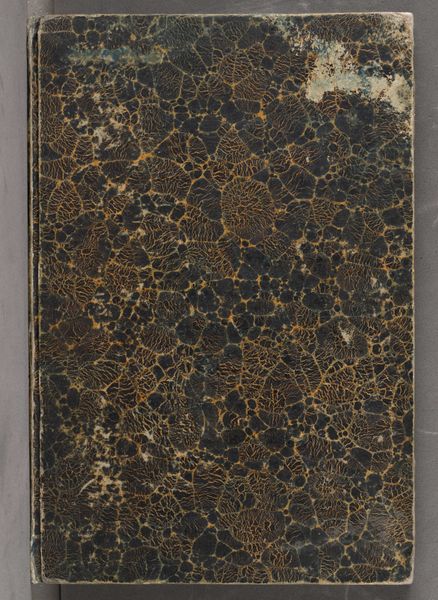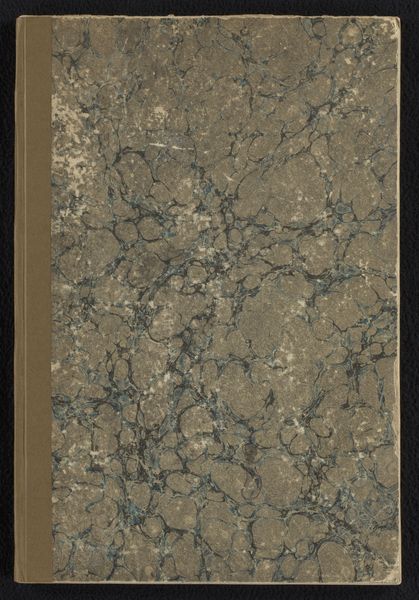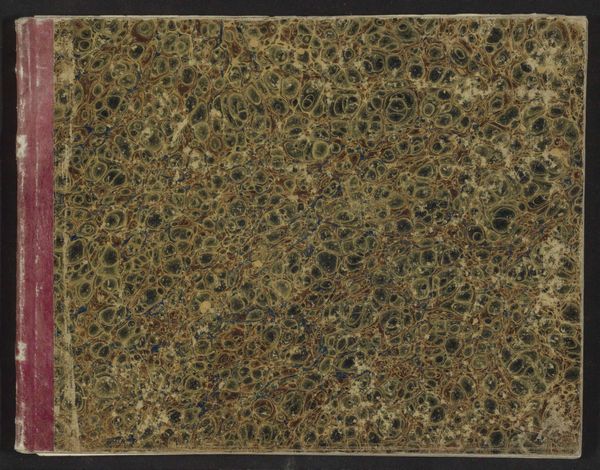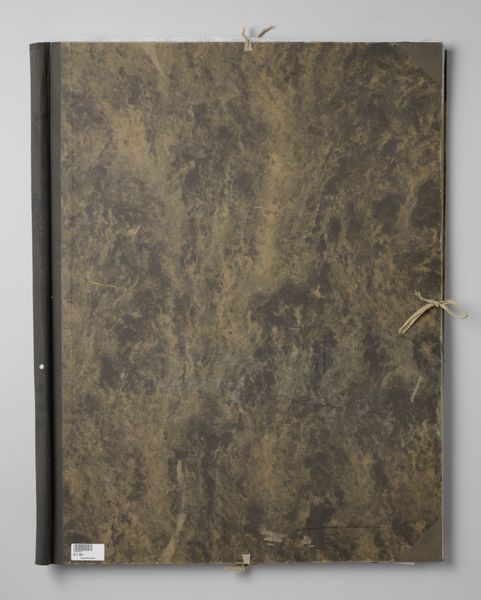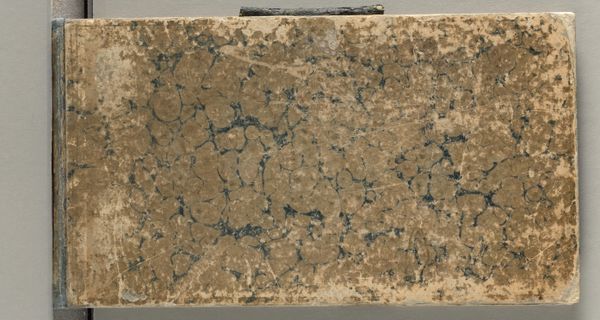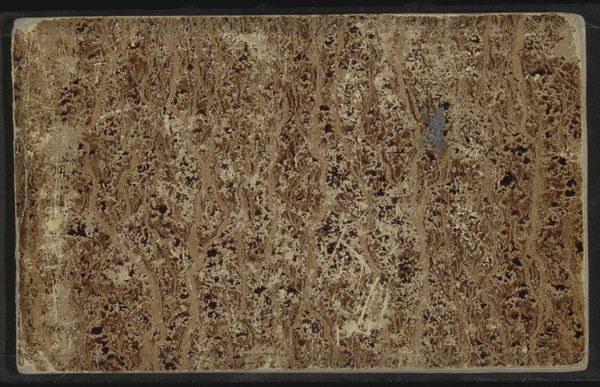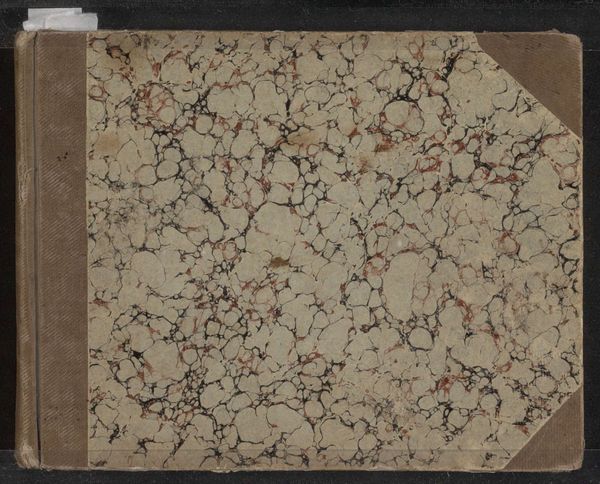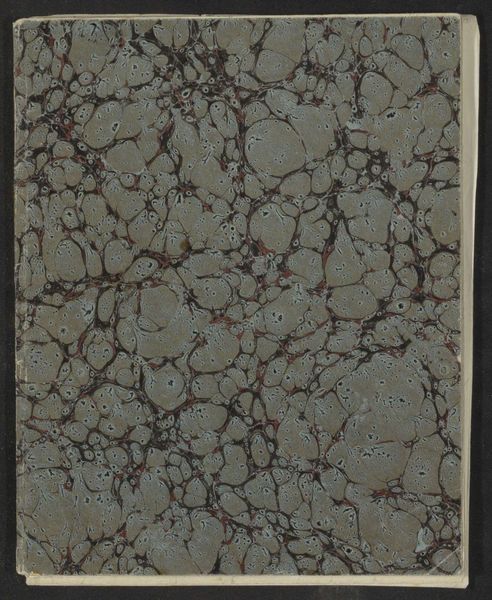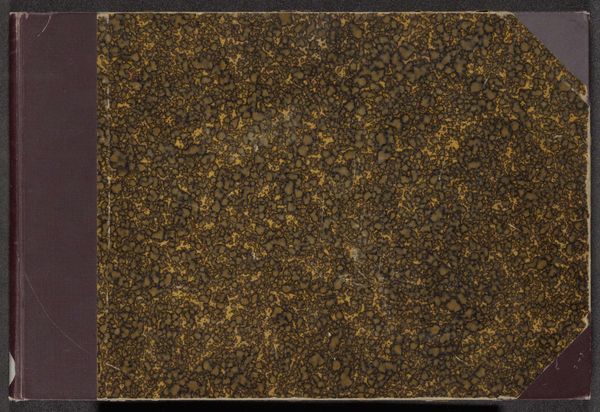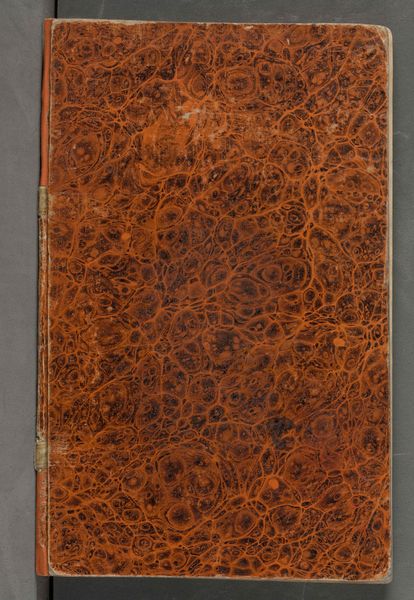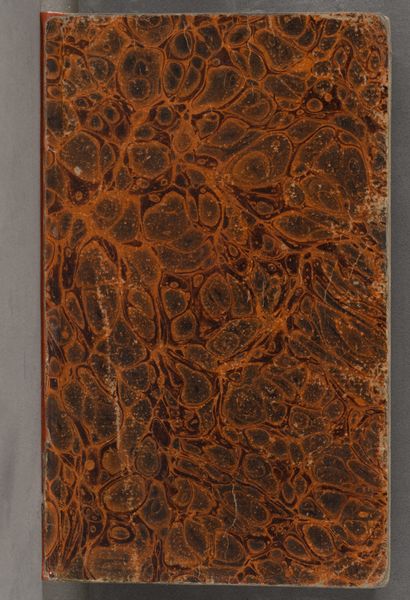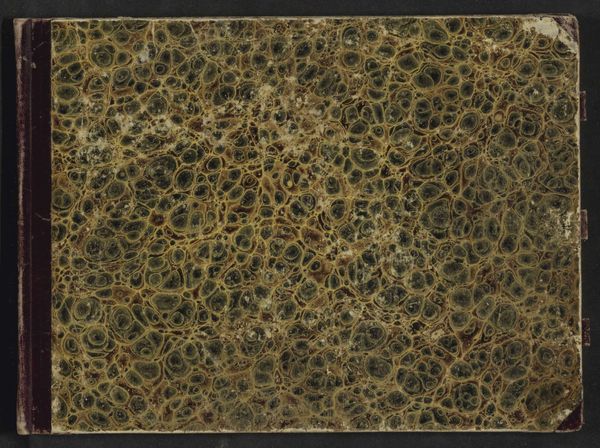
The union of architecture, sculpture, and painting; exemplified by a series of illustrations, with descriptive accounts of the house and galleries of John Soane ... / by John Britton 1827
0:00
0:00
print, paper
#
natural stone pattern
#
neoclassicism
#
worn
# print
#
book
#
textured
#
detailed texture
#
paper texture
#
paper
#
chalky texture
#
carved into stone
#
england
#
wooden texture
#
decorative-art
#
layered pattern
#
organic texture
Dimensions: xvi, 60 pages : color frontispiece, illustrations, 21 plates, includes plans; Height: 11 7/16 in. (29 cm)
Copyright: Public Domain
John Britton's "The Union of Architecture, Sculpture, and Painting" is exemplified by a series of illustrations. Consider the marbled cover, each swirl and vein a microcosm of nature's chaotic beauty. In antiquity, marble symbolized wealth and endurance, adorning temples and emperors' statues. Its veined patterns echoed the flow of life, mirroring the veins in our own bodies—a potent symbol of vitality. Think back to the Renaissance, when artists rediscovered classical ideals. Marble became the medium of choice, a means to evoke the grandeur of Rome and the perfection of the human form. Michelangelo's David, carved from a single block of Carrara marble, embodies this aspiration to timeless beauty. It is more than mere stone. It is a carrier of cultural memory. Even now, the marbled patterns continue to resonate, triggering a sense of history, beauty, and the enduring power of nature. Like a dream, this non-linear cyclical progression has resurfaced and evolved, taking on new meanings in different contexts.
Comments
No comments
Be the first to comment and join the conversation on the ultimate creative platform.
